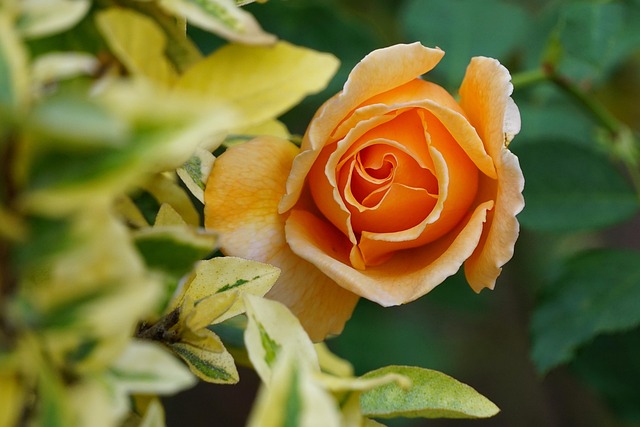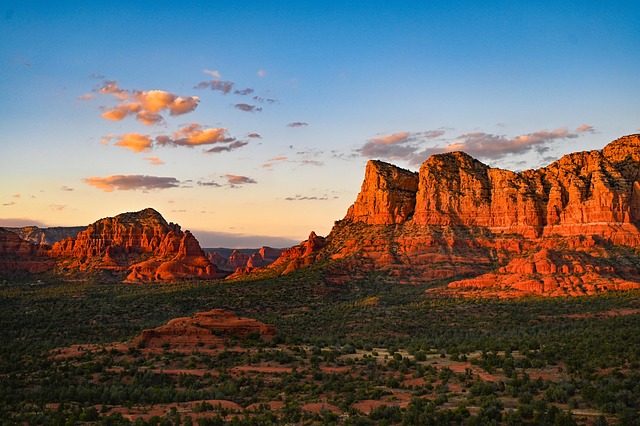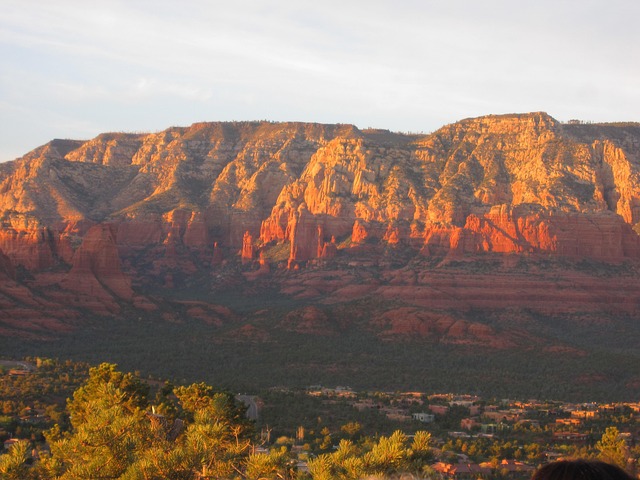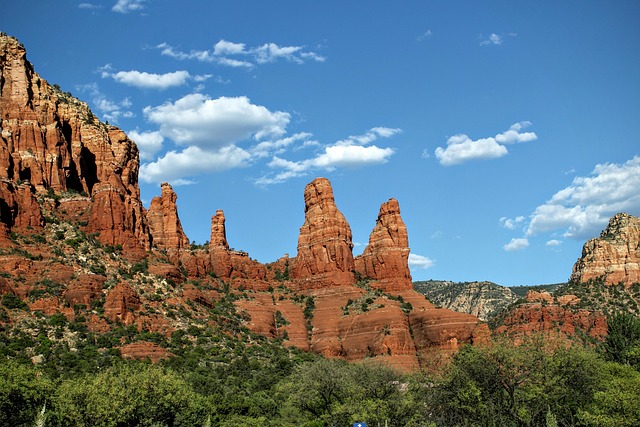The real estate sector plays a vital role in nurturing artistic communities by providing venues that cater to diverse creative needs, such as revitalized buildings, artist residencies, and flexible galleries. These initiatives support local artists, enrich cultural identities, attract tourists and art enthusiasts, and boost neighborhood appeal. Diverse art galleries act as community engagement hubs, driving economic growth through art sales and related services, potentially elevating property values. A thriving arts scene is a powerful asset for cities, making arts-centric properties attractive investments with unique appeal and long-term sustainability, especially in the digital age.
“Discover how real estate is transforming urban landscapes into thriving arts hubs! This article explores the symbiotic relationship between diverse galleries and vibrant communities. From ‘Unlocking the Potential’ of artistic spaces through property development to its profound impact on engagement, we delve into the many advantages for residents and developers alike. Witness how a flourishing arts scene revitalizes areas, attracts investors, and cultivates a unique sense of place.”
Unlocking the Potential: How Real Estate Can Fuel Artistic Growth

The potential for real estate to fuel artistic growth is immense, offering a dynamic interplay between physical spaces and creative expression. Diverse galleries and arts communities thrive when they have access to suitable, affordable properties that cater to their unique needs—be it ample studio space for artists, performance areas for musicians, or exhibition halls for visual artists. Real estate can unlock new possibilities by providing the infrastructure essential for artistic development.
Investments in real estate that prioritize cultural spaces can foster a vibrant arts ecosystem. This includes revitalizing underutilized buildings, creating dedicated artist residencies, and developing galleries with flexible layouts. Such initiatives not only support local artists but also attract tourists and art enthusiasts, contributing to economic growth while enhancing the city’s cultural identity.
The Impact of Diverse Galleries on Community Engagement
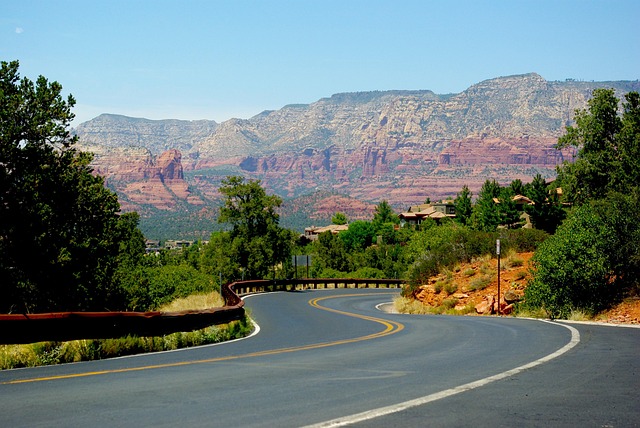
Diverse galleries play a pivotal role in fostering community engagement and enriching local culture. By showcasing a wide array of artistic styles, mediums, and perspectives, these galleries attract a broader audience, including locals, tourists, and artists from various backgrounds. This inclusivity fosters an environment where everyone feels welcome to appreciate and contribute to the arts, breaking down barriers and strengthening social connections within the community.
In real estate terms, diverse galleries can be seen as vibrant hubs that enhance neighborhood appeal. They attract foot traffic, stimulate local economies through art sales and related services, and can even increase property values. Moreover, they contribute to a positive urban landscape where creativity thrives, making them valuable assets for any thriving arts community.
A Vibrant Arts Scene: Benefits for Residents and Developers

A vibrant arts scene is a game-changer for any city, bringing a unique energy and cultural richness that enhances the lives of residents and attracts attention from developers. In the context of real estate, diverse galleries and thriving artistic communities can significantly boost property values and desirability. People are increasingly drawn to areas that offer more than just commercial or residential spaces; they seek out places with soul, where they can immerse themselves in creativity and inspire their own passions. This trend is particularly evident in today’s digital era, where folks crave authentic experiences and unique environments that foster a sense of community.
For developers, investing in arts-centric real estate projects can lead to successful and sustainable ventures. Galleries, art studios, and cultural spaces attract artists, young professionals, and tourists alike, creating a bustling atmosphere that promotes local economic growth. Moreover, these areas tend to become popular destinations for social events, pop-up markets, and community gatherings, further increasing their appeal and desirability in the real estate market.
